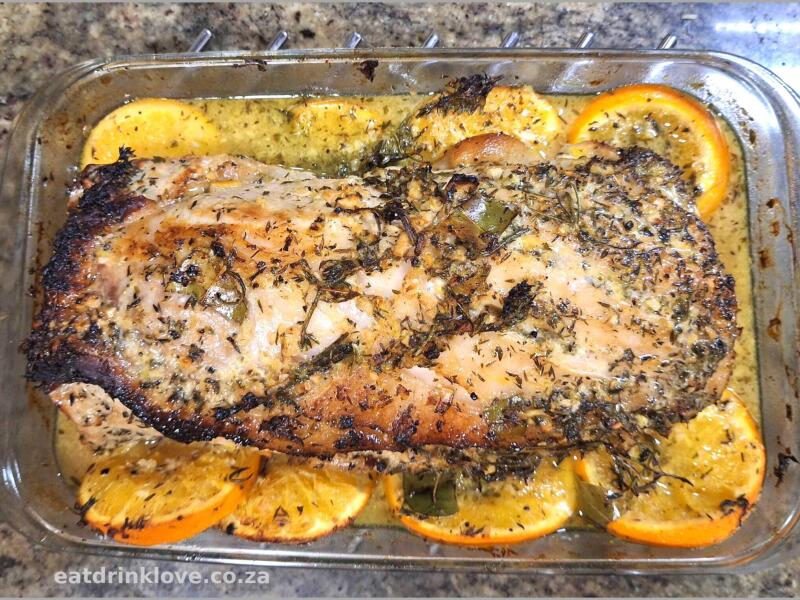Guanciale is a prominent ingredient in many Italian dishes, but it is probably mostly known as an essential ingredient for spaghetti carbonara.
Like most of my charcuterie recipes, I got the base of this one from Michael Ruhlman and Brian Polcyn’s charcuterie book, Charcuterie: The craft of salting, smoking & curing.
Ingredients for the basic cure
- 450g kosher salt
- 225g brown sugar (I used Muscovado sugar)
- 60g “pink salt” – this is not normal pink “Himalayan salt”, but rather sodium nitrite used for curing – do not use it as normal salt as it is toxic to humans in high doses.
The above recipe should be enough for 6 pork cheeks.
Then for each pork cheek you will need
- 3 thyme sprigs
- 4 garlic cloves, peeled and crushed
- 2 bay leaves
- 1 Tbsp of freshly ground black pepper and coriander – 50/50 mix – if you can roast the spices before grinding it, it will make a big difference.

Mix the basic cure ingredients thoroughly in a bowl.
Trim the pork cheeks, removing all the loose bits of meat and fat.

Pour the basic cure onto a flat tray and dunk each pork cheek in the cure making sure it is evenly covered all over.. Put the pork cheeks, each separately, in its own zip lock bag with the thyme, garlic, bay leaves and spices. Discard the rest of the cure. Make sure the cheeks fit snug in the bags. The more it is in contact with the liquid that is released, the better.

Put the zip lock bags in the fridge for 5 days and turn it each day.
Remove them after 5 days and rinse the pork cheeks well. Dry them with paper towels.

Make a small hole on the tip of each cheek and make a loop of butcher’s twine through the hole.
Hang the cheeks in a cool, well-ventilated area for at least 2 weeks.

Use the cheeks immediately, let them hang some more or vacuum pack them and keep it in the fridge.

Note: It is recommended to use 125g of guanciale for every 500g of pasta.



